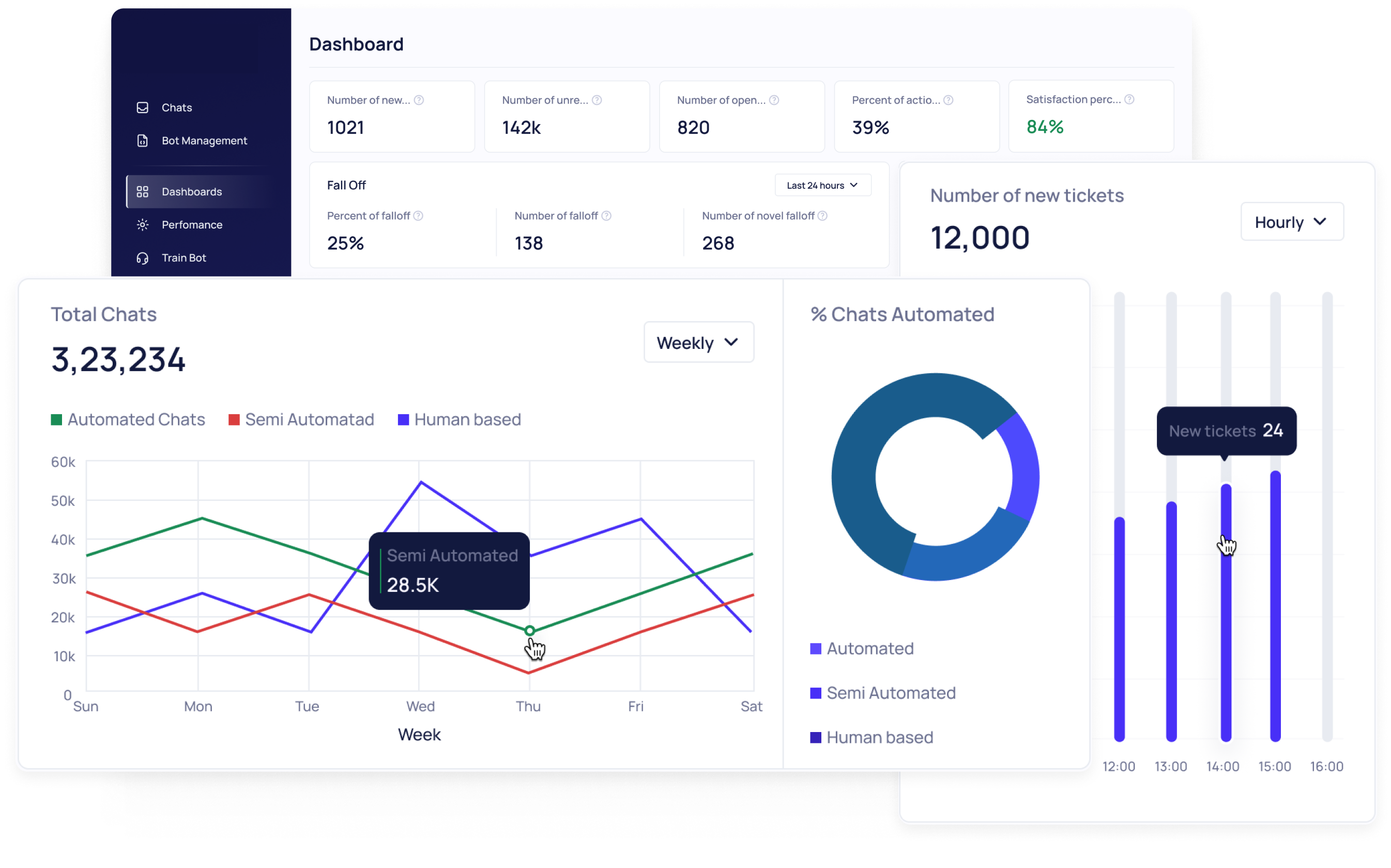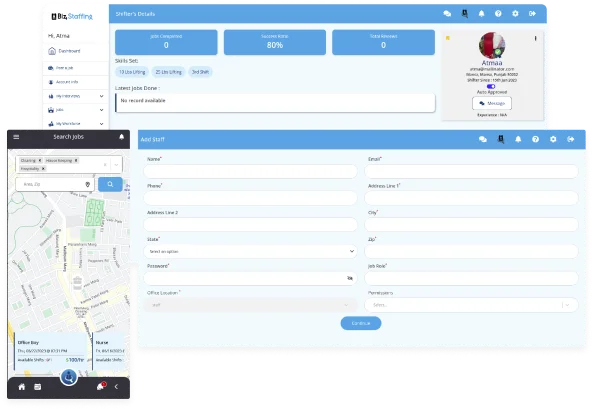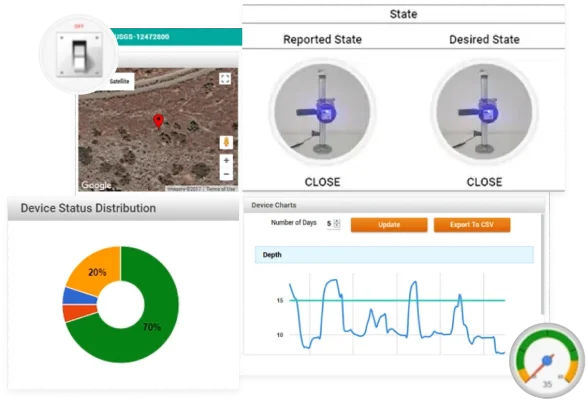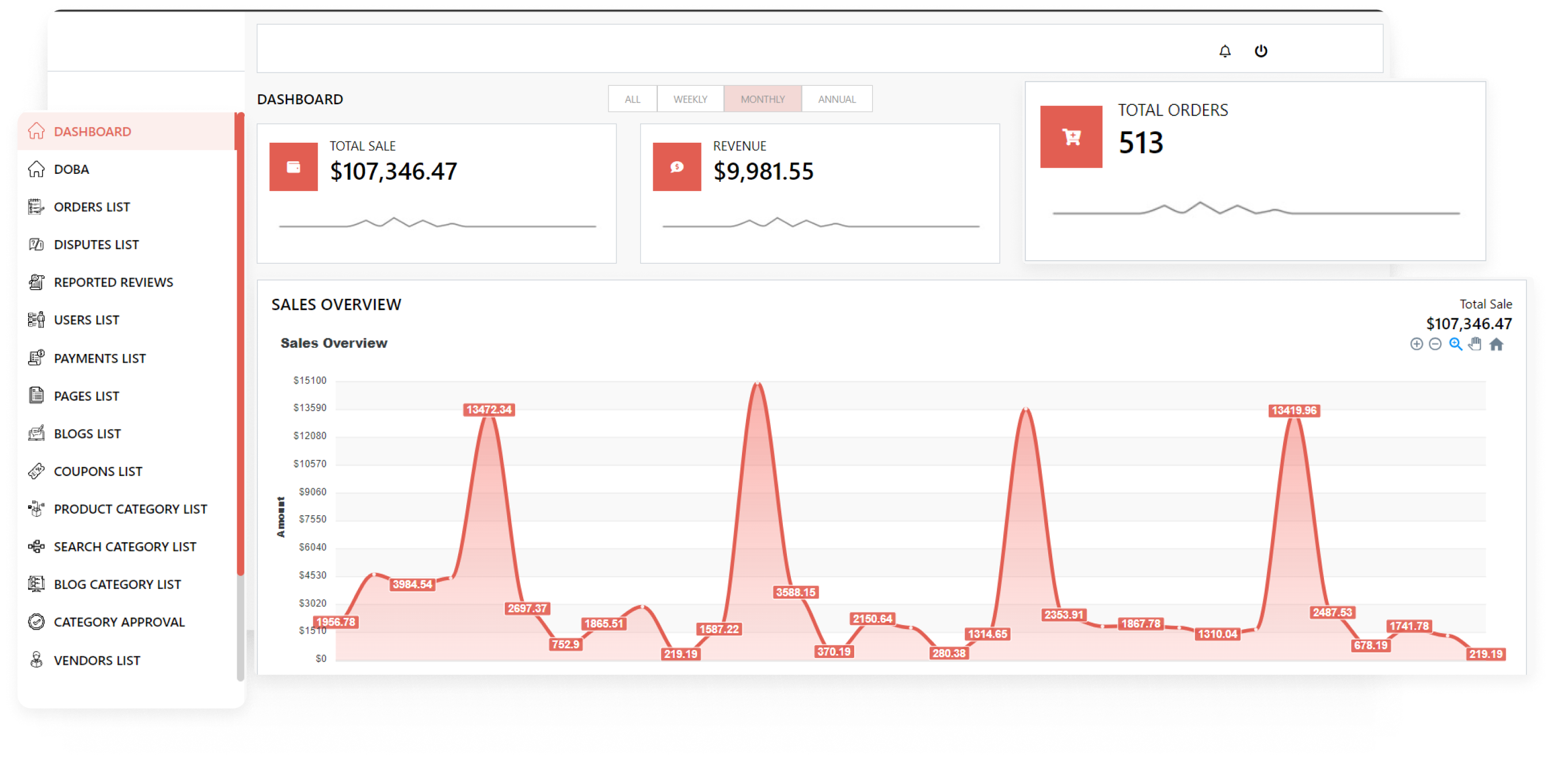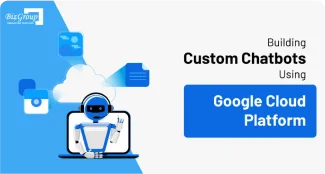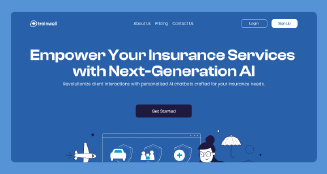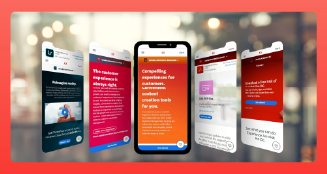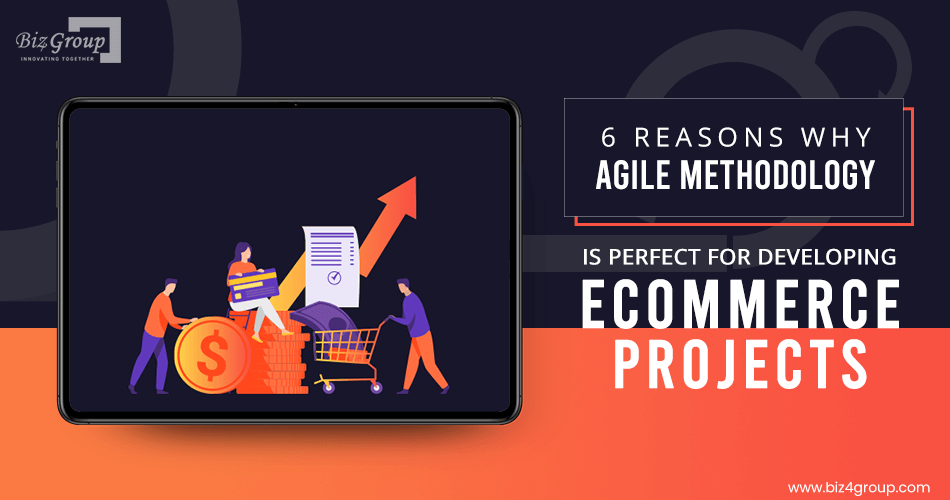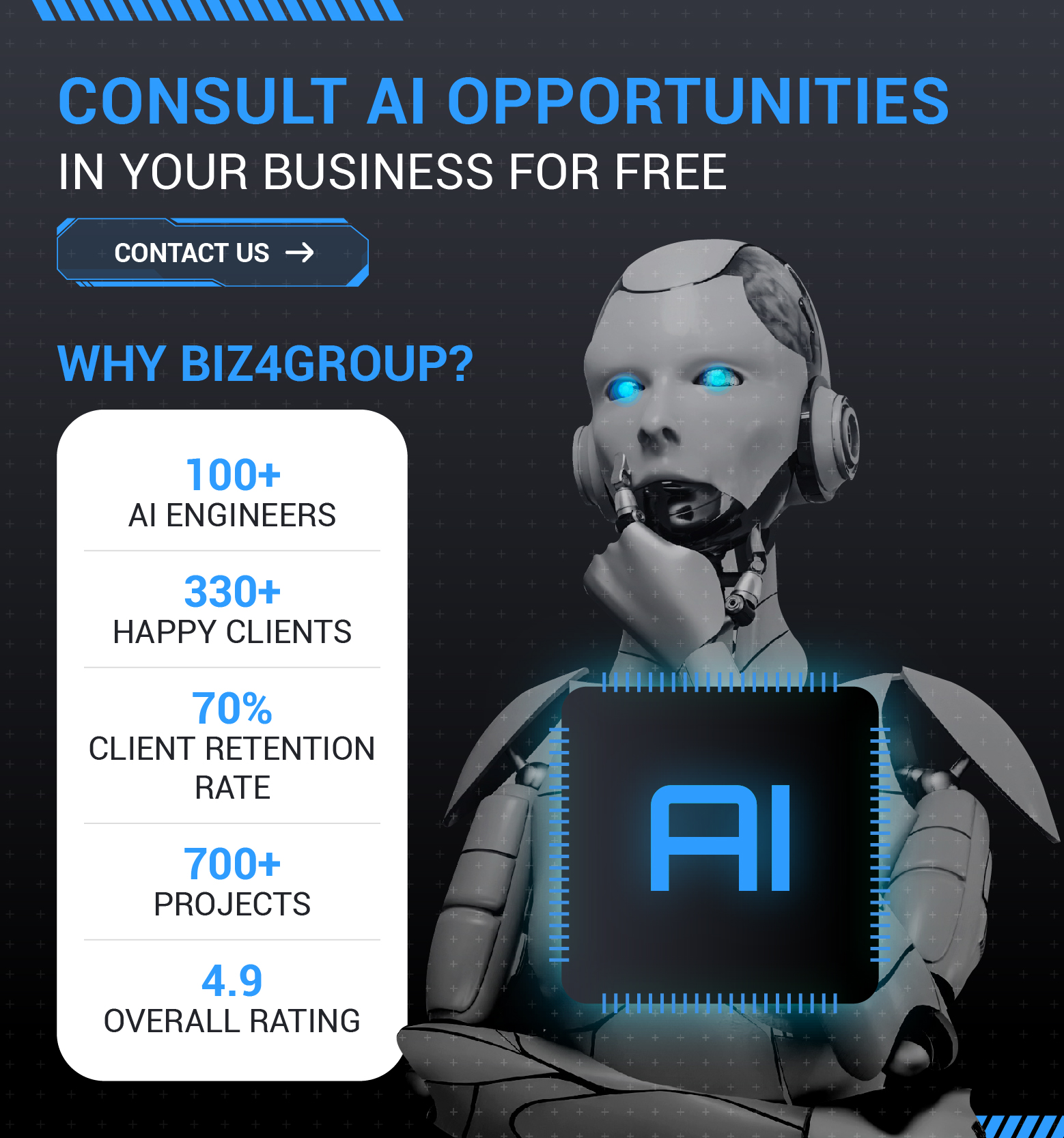6 Reasons Why Agile Methodology is Perfect for Developing eCommerce Projects
The wheels of technological evolution are continually churning and bringing new techs to life with every dawn. In this digital age, the most significant growth has been observed in the vertical of software development and online platforms, where the new age population and modern businesses are rushing for their 24/7 requirements.
We are encompassed by new innovations surrounding us, which progressively help us to significantly develop new technologies by each passing day, where the current advancements are the best examples to showcase the changes. The Agile methodology is one of such improvements, which is exceptionally developed for eCommerce sites and applications.
The Downfall of Traditional Approach and Evolution of Agile Methodology
The first question that comes in mind is the reason behind the downfall of the traditional approach in technology and software development, paving the path for the non-traditional approach to arise and come to the frontier. One can easily understand the reason for the development of a new methodology, as the overall process of a software/eCommerce platform is way different than other verticals of manufacturing, production, etc.
Unlike other processes, eCommerce project and software development processes are unique in each aspect and require a unique approach and adaptation to unpredictable challenges. Since the inception of the Internet in the 1990s, there was a strong urge to come up with development methodologies that can prioritize the functionalities of the project before termination.
The manifesto for Agile Software Development' came up with four major points:
- Individuals and Interactions over Processes and Tools
- Working Software over Comprehensive Documentation
- Customer Collaboration over Contract Negotiation
- Responding to Change over Following a Plan
For almost last two decades, agile methodologies have proven efficient in developing E-commerce projects, web and app development. The process follows a continuous improvement cycle, exposing the flaws and faults faster. The process that starts from Design, Build, Configure, Test, and Release, again goes to design phase, if reiterations are required. This agile methodology comes with advantages of –
- Shorter development cycle
- Wider market windows
- Early customer feedback
- Continuous improvement
Just as this one, there are other agile development processes also which are diligently followed in the tech vertical. Worth-mentioning, another agile methodology followed for developing E-commerce project has 10 step cycle. The process begins with the 'Research' phase, leading to 'Estimation' and 'Wireframing,' which further leads to 'Design' and 'Prototyping' (MVP) phases, respectively. Once the client approves the MVP, the team of designers and developers move the 'Development' phase, which further goes to the 'Quality Assurance' phase. Here, the project is assessed on quality measures and moved back to the 'Wireframing' process if any reiterations or alterations are required. Once checked for quality assurance, the project is moved to the 'Launch' phase, where the E-commerce project is made live, and the deployment team helps clients forward from the launch phase to maintain and support the online E-commerce project.
Keeping the varied approaches of agile methodologies, it can be stated that the processes are developed to obtain fast, reliable, and positive results; instead of following a strict or rigid approach.
The qualities, phases, and features of agile methodologies are quite similar to those of Millennials, a.k.a. Gen Y – namely bold, ambitious, flexible, and challenging. Due to its focus on optimizing the development time and producing an operational application in the shortest time possible, agile methodology is becoming preferred project-management of choice.
- Increased speed & flexibility
- Understanding market interest
- Better product quality
- Less risks
- Regular and rigorous testing
- Happier customers
Increased Speed and Flexibility
The reason that agile methodology has gained prominence in comparison to conventional approaches like waterfall methodology is 'higher speed' and 'flexibility.' The well-designed process flow of various agile methodologies ensures streamlining of production right from initial stages to the final deployment stages. Further, this is to be kept in focus that certain deliverables don't have any defined feature list until the completion of the project; therefore, deadlines should be fixed accordingly.
In contrast with the waterfall methodology, which isn't suitable for today's fast-paced-environment, agile methodologies are considered a better approach for meeting the ever-changing requirements and their adaptability to modern environments. The flexibility of agile methodology allows developers to make changes to the e-commerce product according to the user feedback collected even after the product launch.
Understanding Market Interest
A sharp marketing perspective can help modern marketers to create buzz around their product if the same is developed following an agile methodology. The deep-rooted reason behind this is the continuous reiteration and upgradation process that helps the identification of non-essential features and taking them out of the project. This way, a perfectly created e-commerce platform can serve its customers precisely in the best way.
With the change of time, the requirements of the modern-age customers are also changing rapidly. Therefore, time-by-time, there is a need to change and upgrade the e-commerce platform that can suit the needs of Millennials and Gen-Z. Amazon is a classic example of an e-commerce platform that changes with the changing market interests.
Better Product Quality
The process of product development doesn't end just at the deployment phase in any of the agile methodologies. In fact, the stage of quality assurance and maintenance goes in a continuous loop to ensure that better quality product reaches the end consumer. The automated testing tools and sprint retrospectives allow developers to improve product quality and see if the software is developed properly.
A common feature of the agile methodologies is sprints – miniature projects within the main project usually divided up into two to four weeks increments. Each sprint is designed to produce a new or improved working feature and is centered on developing the essential parts of the application. This helps developers to re-evaluate the state of the product with every increment.
Less Risks
The piece-by-piece approach followed in agile methodology allows developers to foresee and answer all major obstacles and to line the project on a straighter course of development, for instance, due to user feedback or changes in the target market.
This also helps developers and designers to maintain complete transparency during all the phases from the planning to deployment and maintenance. Here, E-commerce projects can be developed and integrated as soon as the initial design is successful and can generate revenue by catering to the client's specifications and end customers' requirements. Due to the steps followed in agile methodology, risks of failure are considerably reduced, e-commerce projects are released and delivered faster, and customer reviews are quickly analyzed.
Regular and Rigorous Testing
The process of quality assurance and product testing hold great importance in all the variants of agile methodologies during the development of an e-commerce project. During the testing phase, if any reiteration or changes are required, the complete process from wireframing and MVP (Prototyping) is started again. The follow-up sprints ensure that the final product can become an efficient revenue-generating model.
Quality assurance and testing are equally important to an application's success as creating the prototype or codebase. Whether it is bugs, performance issues, or security flaws, they need to be detected and resolved in early reiterations and repeatedly throughout the development process to allow the e-commerce project to advance and deploy.
Happier Customers
It has been stated by marketing experts over the decades that the key to having a satisfied customer is a high-quality product, quick improvements, successful product demonstrations, and faster delivery. As stated earlier, agile methodologies are all about adopting incremental ways to building an e-commerce project with all the aforementioned features – it shifts the focus away from the project and centers the same on the business value behind the e-commerce project.
Agile makes better business sense than other methodologies, as it allows you to deliver part of the value sooner by decreasing the risk of complete failure of the project. Thus, overall achieving happier customers satisfied with the e-commerce project.
These are the six major reasons why agile methodology is more effective and efficient than other processes. Further to prove the fact the agile methodology is better than other alternatives in the case of an e-commerce project, let's have a brief comparison of Agile with Waterfall methodology.
A brief comparison of Agile v/s Waterfall Methodology
Agile development is a software/ e-commerce development process created as an alternative to traditional methods. It accounts for unpredictability by allowing for changes to be constantly implemented as the client is provided access to multiple iterations of the product.
It likewise works for individual and group interactions through different instruments, programming utilizing pertinent documentation, contract exchange through client coordinated effort, and reaction.
Being a reaction to the ever-changing rivalry and client patterns utilizing the most up to date innovative techs, the Agile methodology worked with a blend of business and specialized tech SMEs in eCommerce to ensure a smooth and viable functioning and an incredible performance.
The waterfall process, on the other hand, as a traditional method, follows a linear model where each stage of the development is considered a separate process and therefore, complete one after the other. Theoretically, the waterfall approach should produce working applications sooner; however, creating an e-commerce platform is not that easy, straightforward and one-round process. As it takes only one small, undetected bug at the beginning of the process to crash or bring down the whole project, quality assurances and reiterations are a must in developing an e-commerce project.
A number of different studies have been conducted to identify the success and failure rates in both agile and waterfall methodologies, where agile has proven to give better outcomes.
Software Development Process – The stages are usually the same in both the Agile and Waterfall methodologies, but the approaches are different that makes Agile get ahead of the Waterfall methodology. The linear character of the waterfall model leaves little possibility for the corrections and reiteration in complex e-commerce projects. Agile, on the other hand, allows developers to test and debug at each stage to ensure that the end product before the deployment comes out with zero error.
Application Testing – Quality assurance and testing are such domains that need to be followed alongside the varied development stages, and depending on the same various sprints can be done to make the final e-commerce project bug-free and precise one to be launched on the online platform. Waterfall methodology doesn't follow the sprints process, and therefore, the application testing is limited in it. Agile takes the edge over again as the QA, and the wireframing process goes in continuous sprints unless the whole project is bug-free and error-free.
Value Delivery – The projection of a successful project is different depending on the methodologies. Normally, successful projects are ones that are delivered on-time, meets budget constraints, and lastly serve the purpose in the best possible way. Agile is way ahead of other methodologies in this aspect as it adopts an incremental approach and stresses righteously on the business value.
Client – Developer Relationship – What can't be forgotten in the development of a successful e-commerce project is 'the client – developer relationship.' Full cooperation, complete transparency, strong communication at all the stages of project development makes Agile the standalone methodology that is customer-centric in real terms.
Conclusion:
The reason that Biz4Group has stayed on the helm of software development, e-commerce project deliverance, web, and app development is using the industry's best practices that, too, with a full-fledged team of 200+ designers, developers, and quality analysts. Using the agile methodology in e-commerce development services, we deliver proven and rapid solutions in the most effective manner. We aim at achieving streamlined delivery and cost-effective solutions for unique business requirements that too with on-time delivery. If you are thinking of jumping into the market and make a niche for your e-commerce project, you've hit the right road. Just keep moving, and we the e-commerce solution providers be your travel companions.
 info@biz4group.com
info@biz4group.com 
















